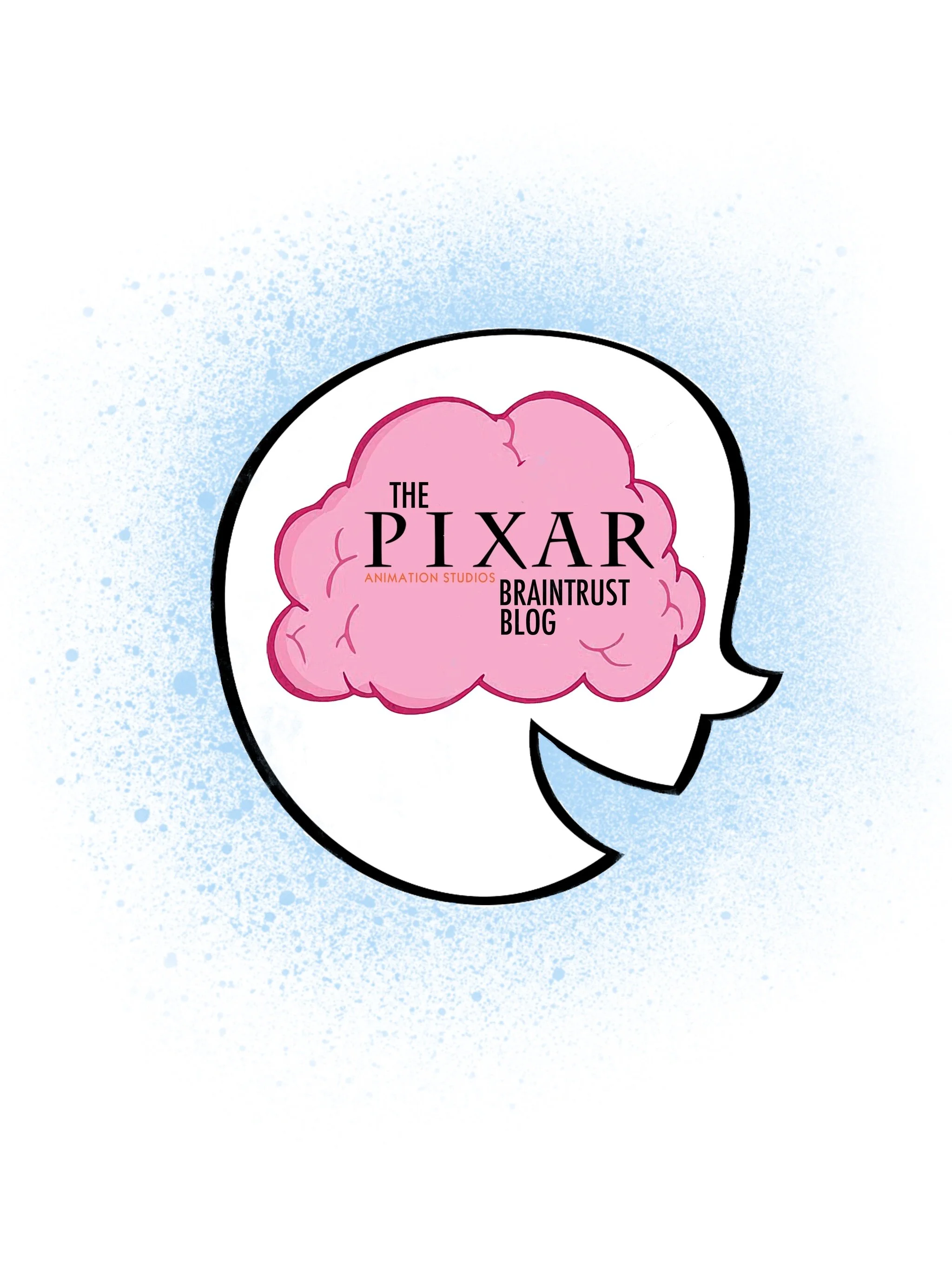I'm a big fan of Wes Anderson's movies for those who don't know me. I discovered Wes during a visit to the local video rental place on an early date night with my wife back in 1998; the movie Rushmore. We ate Chinese food and talked about how funny the film was in telling the story of adolescent love. The next day I re-watched the film alone and discovered that the film was more than just a coming-of-age love story, but an experience similar to going to the theater.
Over the past 18 years since that date, I've gotten married and grown in my knowledge of cinema. However, I'm always impressed... scratch that dazzled by what Wes comes up with. I love the quirky characters and stories, the distinctive cinematography, and the unique visual style. Most of all are his abilities to transport the viewer directly into the worlds that he imagines.
I can go on for days talking about his body of work so far, so I plan on covering his films during the first month of classes this autumn; because I feel there's a lot we as animators can learn for the worlds Wes has created in his films. As a result I hope to bring some of the same magic to the screen in my own films.
In the meantime, below are a series of video essay's by Matt Zoller Seitz. He gives viewers an in-depth looks into Wes' process and should be used as motivation for those working on this group project.
A hardcover of Seitz book The Wes Anderson Collection is available in Meyer Library. I also have donated a paperback version to the library and purchased the Grand Budapest Hotel hardcover, so there's no excuse not to check it out.





































